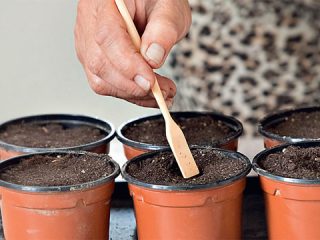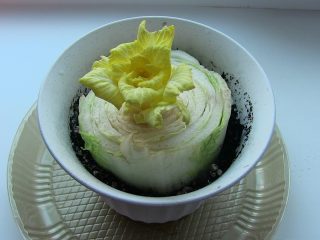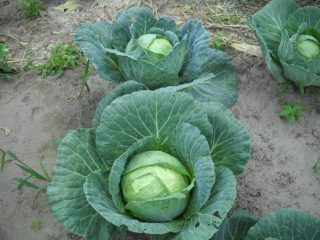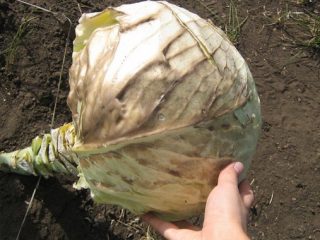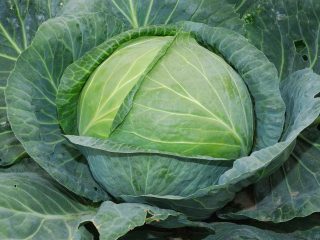Content
After the birth of a baby, every woman is recommended to adhere to a certain diet. Many mothers doubt whether cauliflower should be included in their diet while breastfeeding, as they are afraid of increased gas formation and an allergic rash.
Can you eat cauliflower while breastfeeding?
Despite the concerns of young mothers, the product is a hypoallergenic vegetable that is easily digestible by the body. It is important to consume cabbage not only after childbirth, but also during pregnancy. This is due to its properties: the beneficial substances it contains strengthen the body’s defense mechanisms, reducing the risk of the formation of free radicals.
Cauliflower for a nursing mother should be introduced into the diet gradually: in the first month after birth, it is recommended to refrain from eating the vegetable. In the second month of life, the useful product is introduced gradually, adding to soups or broths.
The benefits of cauliflower for breastfeeding
The vegetable belongs to the cruciferous family, rich in vitamins B, A, PP. It contains vitamin C and K in large quantities.Scientists have also identified useful substances such as calcium, iron, antioxidants, potassium and fiber.
When consuming 100 g of the product, substances enter the body in the following percentage ratio:
- fiber – 10.5%;
- vitamin C – 77%;
- potassium – 13.3%;
- phosphorus – 6.4%;
- riboflavin – 5.6%;
- magnesium – 4.3%;
- calcium – 3.6%;
- vitamin K – 13.3%;
- iron – 7.8%;
- pantothenic acid – 18%;
- choline – 9%;
- vitamin B6 – 8%;
- protein (daily dose) – 3.3%.
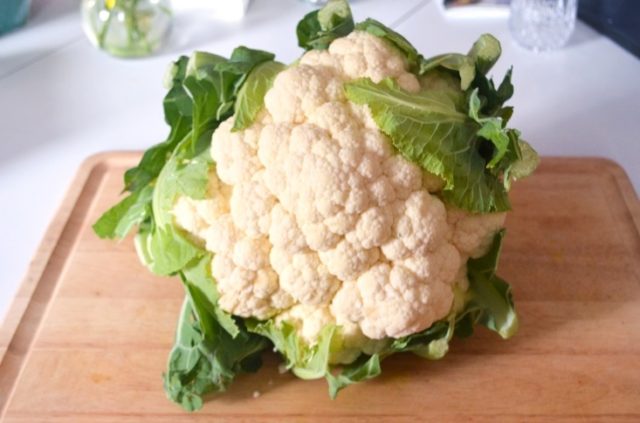
Cauliflower during breastfeeding is one of the ways to keep your figure in shape: the energy value per 100 g is no more than 30 kcal
Cauliflower is not recommended for breastfeeding in the first month after birth, so that the child’s body adapts to the new type of nutrition gradually. With the slow introduction of vegetables into the diet, the following result can be observed: attention and memory improve, and the mother feels more alert. This is due to the content of tryptophan, which has a beneficial effect on the production of melatonin and serotonin.
General benefits of the product during breastfeeding for the mother’s body:
- reducing the risk of cancer, pathologies of the heart and blood vessels;
- improvement of nervous system functions;
- prevention of osteoporosis;
- blood glucose regulation;
- restoration of the gastric and intestinal mucosa;
- lowering cholesterol levels;
- maintaining the functioning of the immune system.
An excellent property of cauliflower is not only its hypoallergenicity, but also its ability to compensate for the deficiency of the most important nutrients in the mother’s body, which allows to shorten the recovery period.
Contraindications to cauliflower while breastfeeding
And although a representative of the Cruciferous family is not a product prohibited during breastfeeding, its use is not always advisable. Cabbage should not be included in the diet if it provokes an allergic rash in the mother or child.

It is also prohibited to use the product if the baby shows signs of individual intolerance: diarrhea or constipation, rash.
How to cook cauliflower while breastfeeding
A variety of recipes allows you to prepare vegetables using different methods while breastfeeding. The simplest of them is boiling.
Ingredients:
- cauliflower – 200 g;
- flour – 15 g;
- butter – 15 g;
- milk – 150 ml.
Wash the cauliflower, divide into florets, place in a saucepan and add water, add salt to taste. Cook until soft. Melt butter as a sauce, add flour and milk, stir and simmer until thick.
Cauliflower with cheese is in demand among nursing mothers.
Ingredients:
- cauliflower – 300 g;
- milk – 100 ml;
- chicken egg – 2 pcs.;
- water – 500 ml;
- cheese – 40 g;
- salt, spices.
To prepare cauliflower while breastfeeding, you need to wash the vegetable and divide it into inflorescences. Add salt to the water and bring to a boil. Place the cauliflower in a saucepan and cook for 15-20 minutes. When ready, transfer it to a colander and leave for 5 minutes.
Combine eggs, milk and spices, grate cheese. Place the cabbage in a mold, pour the mixture on top and sprinkle with cheese. Bake for 20 minutes at 200°C.
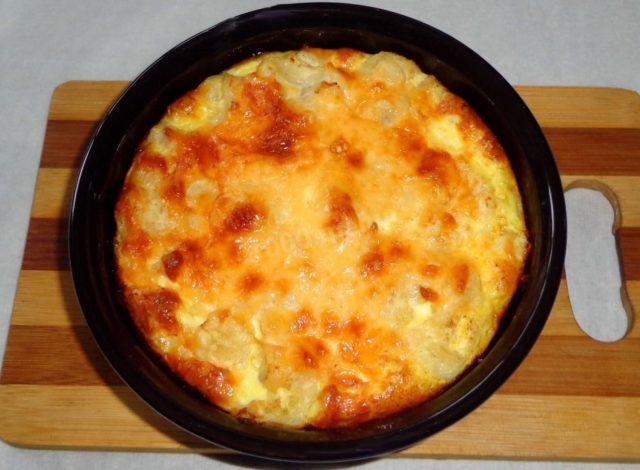
You can serve the dish 10-15 minutes after cooking, garnishing the portion with herbs or adding sour cream if desired.
Will help a nursing mother save time and prepare a delicious dish of cauliflower soup.
Ingredients:
- cauliflower – 400 g;
- onion – 1 pc.;
- tomato – 180;
- nutmeg – 2 g;
- salt pepper;
- water – 2 l.
The preparation process is simple: wash, peel, onion, carrots and cauliflower and cut into slices. Boil water, then add all the prepared ingredients and cook for 10 minutes.
While the mixture is cooking, pour boiling water over the tomatoes to make it easier to remove the peels, then cut them into slices and add to the rest of the vegetables.
After the time has passed, pour half the water from the pan, add salt and pepper, and nutmeg to the remaining contents.
Grind the finished mass with a blender, then boil again for 5-7 minutes.
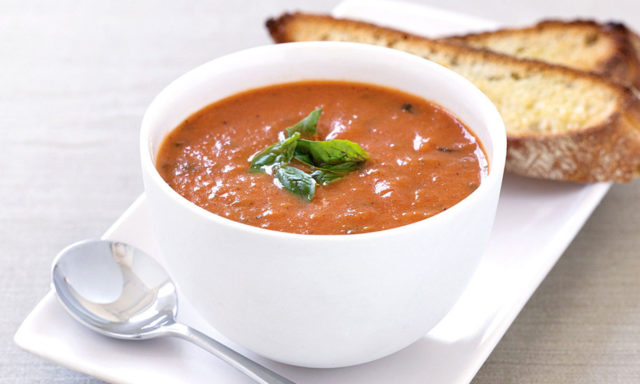
In order for the cream soup to acquire a delicate taste, it is recommended to add cream to it, and use basil as a decoration.
For variety, you can prepare vegetable stew while breastfeeding.
Ingredients:
- potatoes – 1 pc.;
- pepper – 1 pc.;
- cauliflower – 200 g;
- zucchini – 200-300 g;
- greens, salt.
Peel and chop all the vegetables into any shape, disassemble the cauliflower into inflorescences.
Pour some water into the bottom of the saucepan, boil it, then pour the pepper into it, after 2 minutes add the potatoes, after another 5 minutes the zucchini and cabbage. Cover the resulting mixture with a lid and leave on the stove for 10 minutes until all ingredients are soft.
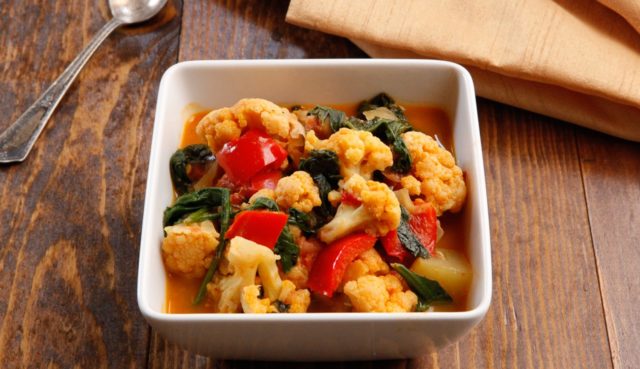
Before serving, add salt and garnish with herbs
If doctors prescribed a strict diet while breastfeeding, but allowed to eat cauliflower, then the vegetable can be steamed, lightly adding salt immediately after it is ready.
Useful tips
When breastfeeding, cauliflower, like any vegetable, must be thoroughly washed before use. It is recommended to choose elastic inflorescences of uniform color for food.
It is necessary to introduce the product into the mother’s menu gradually: first 100 g, then you can increase the amount. If your baby shows signs of intolerance to a vegetable, you should postpone its introduction for 1-2 months and then try again.
It is not recommended to freeze and then defrost cauliflower several times; this reduces not only its taste, but also negatively affects the nutrients it contains.
Conclusion
Cauliflower during breastfeeding is one of the few products that not only contains a high percentage of nutrients, but also has a minimal risk of allergic reactions. The good compatibility of the vegetable with other ingredients allows you to prepare various dishes.


